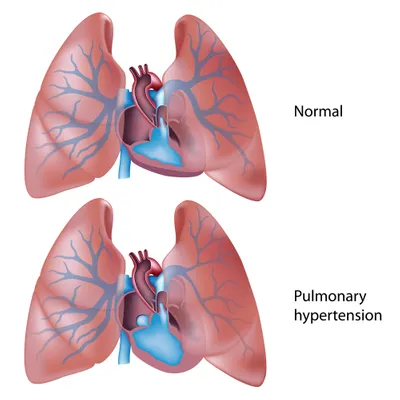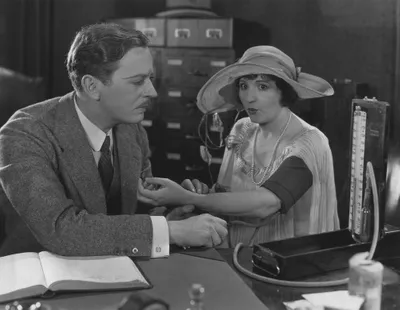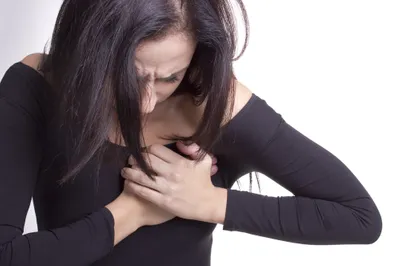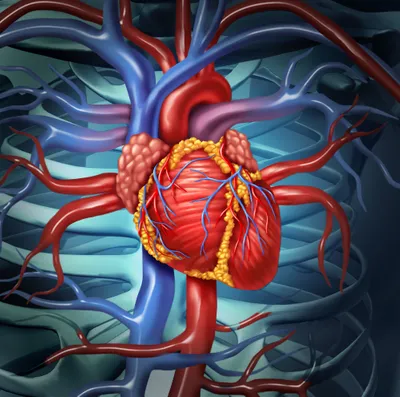Pulmonary Arterial Hypertension (or PAH) is caused when high blood pressure develops within the pulmonary artery, the main thoroughfare of the lungs.
Much is unknown about this progressive disorder, which leaves newly diagnosed patients afraid and overwhelmed by the condition. Understanding PAH is the first step in living with this treatable disease, which is why we’ve put together eight facts about pulmonary arterial hypertension…
1. Women are at greatest risk of PAH
Pulmonary Arterial Hypertension affects both men and women of all ages, and all ethnicity. However, most PAH cases are developed by women between the ages of 20- and 50-years of age.
2. The very first PAH case…
The first recorded PAH diagnosis can be traced back to Germany in 1891. Unfortunately at the time the patient succumbed to the disease, which caused the thickening of the pulmonary artery with no trace of heart or lung disease.
3. Primary Pulmonary Hypertension
It wasn’t until 1951 that an America physician by the name of Dr. D.T. Dresdale encountered 3 separate cases of high blood pressure of the main artery of the lungs with no apparent cause, and dubbed the condition Primary Pulmonary Hypertension (or PPH).
4. Diagnosing PAH
Patients affected with PAH often go years without a formal diagnosis. This is often due to their ignoring of milder symptoms that come and go with exercise or other physical excretion.
5. Telltale Symptoms of PAH
This progressive disease begins with mild symptoms—such as shortness of breath, chest pain, and fainting—typically brought on by exercise or strenuous physical activity. That’s why it’s easy to shrug off symptoms in the early stages of the condition.
6. Causes of PAH
Although many factors are thought to contribute to PAH, more than 15-percent of all patients have heritable PAH caused by one of two things:
- Have a family history of PAH
- An autosomal dominant genetic condition caused by mutations in the BMPR2 gene or TGFbeta pathway
- Diet drug use has also been linked to PAH development—i.e., Fen Phen, Pondimin, Redux, and methamphetamines.
7. Treatment for PAH
Eventually, the symptoms of PAH will be impossible to ignore. Medical treatment will be necessary to control the internal blood pressure of the pulmonary artery and protect the heart muscles from weakening, and eventually, failing.
8. Cure for PAH
Although there is no cure for PAH, medications such as blood thinners and dilation aids are often prescribed to help the patient live a normal life. Organ transplantation of the lungs and heart is only recommended for severe conditions where other therapies have not worked.











